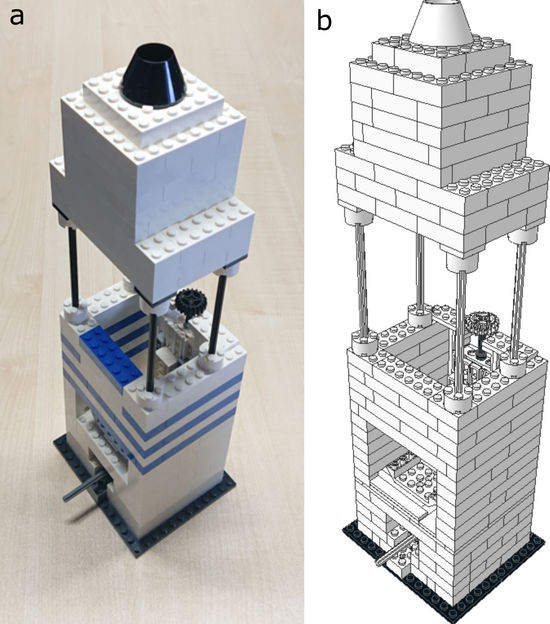‘Escaped’ proteins add to hearing loss in elderly, UF researchers found
Age-related hearing loss is the most common sensory disorder among the elderly. But scientists are still trying to figure out what cellular processes govern or contribute to the loss. Now a University of Florida team and researchers from University of Wisconsin and three other institutions have identified a protein that is central to processes that cause oxidative damage to cells and lead to age-related hearing loss. The findings help point the way toward a new target for antioxidant therapies and will be published in the Proceedings of the National Academy of Sciences.
One theory of aging holds that free radicals damage components of mitochondria, the energy center of cells. Such damage accumulates over time, leading to a destabilization of the mitochondria, which leads to release of certain proteins.
"Within the mitochondria these proteins cause life, but when they’re out they’re deadly,” professor Christiaan Leeuwenburgh, Ph.D., chief of the biology of aging division at UF’s College of Medicine and a member of the Institute on Aging.
The cell death triggered by the escaped proteins lead to physical effects we associate with aging, such as hearing loss.
“Because of the high prevalence of this disorder, AHL is a major social and health problem," said Shinichi Someya, first author of the paper and a postdoctoral fellow in the group of Tomas Prolla of University of Wisconsin.
Age-related hearing loss involves the death of certain sensory hair, nerve and membrane cells in the inner ear. Since the hair and nerve cells do not regenerate in humans, their death leads to permanent hearing loss. One protein called Bak is known to play a role in the weakening of the mitochondrial membrane. The more of the protein present, the leakier the mitochondrial membrane becomes, allowing harmful proteins to travel out into the rest of the cell.
Bak is typically induced by oxidative stress and its levels increase as people age. The researchers wanted to see whether its absence would prevent the age-related hearing loss that is associated with the death of certain sensory hair, nerve and membrane cells in the inner ear. Hearing tests showed that Bak-deficient middle-aged mice were found to have hearing levels comparable to that of young mice. In addition, fewer of the critical hearing cells died, compared with so-called wild type mice that did not have the protein deficiency.
Most read news
Topics
Organizations
Other news from the department science

Get the life science industry in your inbox
By submitting this form you agree that LUMITOS AG will send you the newsletter(s) selected above by email. Your data will not be passed on to third parties. Your data will be stored and processed in accordance with our data protection regulations. LUMITOS may contact you by email for the purpose of advertising or market and opinion surveys. You can revoke your consent at any time without giving reasons to LUMITOS AG, Ernst-Augustin-Str. 2, 12489 Berlin, Germany or by e-mail at revoke@lumitos.com with effect for the future. In addition, each email contains a link to unsubscribe from the corresponding newsletter.
Most read news
More news from our other portals
Last viewed contents
Ablynx and Algeta enter into collaboration to evaluate Thorium-277 conjugated to nanobodies
Is lunar dust harmful to humans? - Roche’s xCELLigence System used to investigate effects of lunar and Martian dust on mammalian skin
AstraZeneca acquires DSM Biologics manufacturing facility in Canada

Real-time observation of enzymatic processes on DNA - Insights into the molecular processes involved in the detection of DNA strand breaks

The Mozart effect myth: Listening to music does not help against epilepsy - In the past, Mozart’s music has been associated with numerous ostensibly positive effects on humans, animals, and even microorganisms
Test developed to detect early-stage diseases with naked eye - Prototype ultra sensitive disease sensor developed
Medicyte and PRIMACYT Receive Grant to Develop Human Liver Cells for Cell-based Therapies
Takeda and Galaxy Biotech Sign License Agreement for Galaxy's Investigational Antibodies for the Treatment of Cancer

High-resolution microscope built from LEGO and bits of phone - Research shows constructing microscope improves children’s understanding - enlightening, educational and fun

Green adhesives made from whey - New process for obtaining valuable ethyl acetate
The American Physiological Society - Bethesda, USA



















































